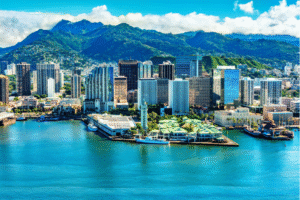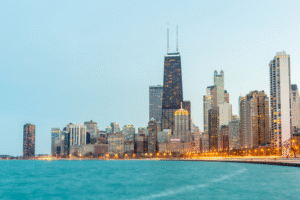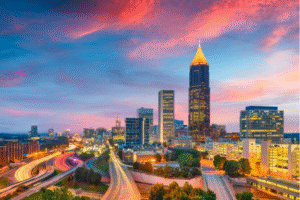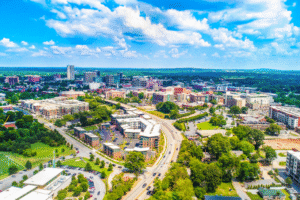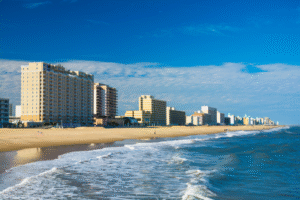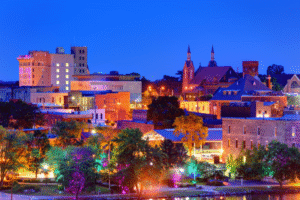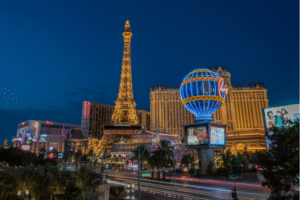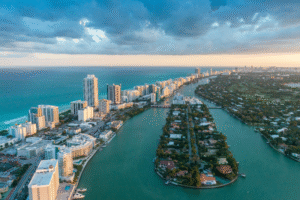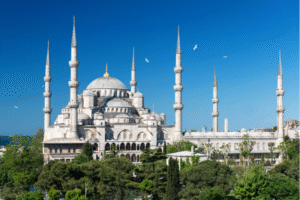Few places in the world carry the weight of history and splendor quite like Rome. Known as La Città Eterna—The Eternal City—Rome is a living museum where ancient ruins, Renaissance art, and bustling modern life collide in one magnificent, chaotic, and unforgettable experience.
From standing in the shadow of the Colosseum to sipping espresso in a sunlit piazza, Rome will sweep you off your feet with its beauty, drama, and flair. This 2-day guide will help you soak up the essence of this historic capital.
Day 1: Ancient Rome and Renaissance Treasures
Morning: The Colosseum, Roman Forum, and Palatine Hill
Begin your journey back in time at the Colosseum, the most iconic symbol of ancient Rome. Built in 80 AD, this mighty amphitheater once hosted gladiatorial games, wild animal hunts, and dramatic reenactments. Standing within its walls, you can almost hear the roar of 50,000 spectators.
Pro tips:
- Book a skip-the-line ticket or guided tour in advance.
- Visit early in the morning to avoid crowds and heat.
Next, explore the Roman Forum, once the heart of political and commercial life in Rome. Walk the Via Sacra, marvel at the Temple of Saturn, and imagine the bustling life of ancient Romans. Just above lies Palatine Hill, where Rome was founded and emperors built their palaces. The views over the forum and the city rooftops are spectacular.
Lunch: Trattoria al 19 or La Taverna dei Fori Imperiali
Head a short walk away from the ruins for a well-earned lunch. Trattoria al 19 serves up classic Roman dishes like cacio e pepe and saltimbocca, while La Taverna dei Fori Imperiali is a family-run gem with hearty portions and rustic charm.
Afternoon: Pantheon, Piazza Navona, and Trevi Fountain
After lunch, take a leisurely walk through the Centro Storico, Rome’s historic center.
First stop: the Pantheon, a perfectly preserved Roman temple turned church, famous for its massive dome and oculus. It’s free to enter and awe-inspiring to behold.
From there, stroll over to Piazza Navona, built on the ruins of a Roman stadium. Street artists, fountains (especially Bernini’s Fountain of the Four Rivers), and lively cafés give the square a timeless energy.
Cap off the afternoon with a visit to the Trevi Fountain. Toss a coin over your left shoulder with your right hand to ensure your return to Rome—legend says it works!
Gelato Break: Giolitti or Gelateria del Teatro
When your feet need a break and your sweet tooth calls, stop at Giolitti, one of Rome’s oldest and most famous gelaterias, or Gelateria del Teatro for artisan flavors like rosemary-honey-lemon.
Evening: Spanish Steps and Dinner in Trastevere
Head to the Spanish Steps at sunset. Climb to the top for a panoramic view, then make your way to Trastevere, one of Rome’s most charming neighborhoods.
With cobbled alleys, ivy-covered buildings, and lively piazzas, Trastevere is the perfect place to unwind. For dinner:
- Tonnarello – bustling and loved for its classic pastas
- Osteria der Belli – great seafood and cozy ambience
- Da Enzo al 29 – authentic Roman cuisine in a no-frills setting
Finish the night with a stroll by the Tiber River or a nightcap in Piazza Santa Maria.
Day 2: Vatican City and Baroque Grandeur
Morning: The Vatican Museums and St. Peter’s Basilica
Rise early and head to Vatican City, the smallest country in the world and home to the Catholic Church’s most sacred treasures.
Start with the Vatican Museums. This vast collection of art includes masterpieces by Michelangelo, Raphael, and Caravaggio, and culminates in the breathtaking Sistine Chapel, where Michelangelo’s Last Judgment covers the altar wall.
Pro tips:
- Book tickets ahead of time (morning slots are best).
- Consider a guided tour for context—you’ll appreciate the art so much more.
From there, walk over to St. Peter’s Basilica, the world’s largest church. Its grandeur is overwhelming, from the Bernini Baldacchino to the Pietà sculpture. Don’t miss climbing the dome for one of the best views of Rome.
Lunch: Borgo Pio or Mercato Centrale
Just outside the Vatican walls lies Borgo Pio, a charming street lined with cafés. Try Ristorante Arlu for fresh pasta or Da Romolo alla Mole Adriana for a relaxed trattoria experience.
Alternatively, grab a taxi to Mercato Centrale near Termini Station, a modern food hall where you can try pizza, pasta, meats, cheeses, and local wines all in one place.
Afternoon: Castel Sant’Angelo and Villa Borghese
After lunch, stroll along the Tiber River to the Castel Sant’Angelo, originally built as Emperor Hadrian’s mausoleum. Today, it’s a fascinating museum with stunning views from the rooftop terrace.
Then take a walk or short taxi ride to Villa Borghese, a sprawling park perfect for a relaxed afternoon. You can rent a bike or rowboat, visit the Galleria Borghese (reservations required), or simply enjoy a gelato under the trees.
Evening: Aperitivo and Roman Sunset
As evening falls, join the locals for aperitivo—Italy’s answer to happy hour. Try Il Goccetto or Freni e Frizioni in Trastevere for wine, cocktails, and complimentary snacks.
For your final dinner, splurge a little:
- Roscioli – upscale deli and restaurant known for carbonara and burrata
- Armando al Pantheon – refined, traditional Roman dishes steps from the Pantheon
- Il Sanlorenzo – seafood in a romantic setting
After dinner, walk back to Piazza Venezia or the Janiculum Terrace for one last, glittering view of Rome by night.
Where to Stay
- Luxury: Hotel de Russie – elegant rooms, secret garden, and celebrity charm
- Mid-range: Albergo del Senato – steps from the Pantheon, with rooftop views
- Budget: The Beehive – eco-conscious hostel with yoga and organic breakfasts
Tips for Visiting Rome
- Best Time to Visit: April–June and September–October for mild weather
- Dress Modestly: Especially for churches and the Vatican
- Public Transport: Buses and metro are helpful, but walking is best for exploring the historic center
- Language: Italian is the local language, but many people in tourism speak English
- Safety: Rome is generally safe, but watch for pickpockets in crowded areas
A City That Lives Through the Ages
In Rome, you don’t just see the past—you walk through it, breathe it, and feel it underfoot. It’s a place where Caesar once strolled, Michelangelo painted the heavens, and popes ruled over centuries of history. But beyond the ruins and relics, you’ll find a living, breathing city full of passion, flavor, and life.
Rome doesn’t ask for your admiration—it commands it. And after just two days, you’ll be forever enchanted.



